Top-5 Personal Robot Assistants 2025
Meet the top 5 personal robot assistants of 2025 — from smart home helpers to humanoid bots with personality. Discover which ones are worth your time and how to build your own assistant robot with Scrile AI.
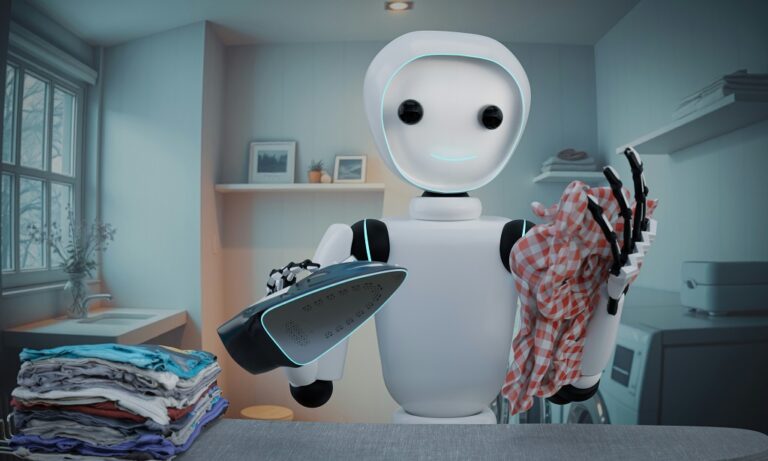
robot assistant
They are finally here. A few years back, the phrase robot assistant sounded like marketing hype. Now it’s plugging itself in next to the coffee maker. These machines vacuum while narrating news, wave stubby arms to sort your laundry, or roll across the living room to remind you about a Zoom call. One person sees a talking Roomba; another imagines a countertop arm whisking eggs and cracking jokes; someone else wants a polite humanoid that takes notes and lifts grocery bags. Whatever shape they take, the big shift in 2025 is usefulness.
The newest assistants aren’t novelty statues with blinking LEDs—they’re practical tools that save time, reduce effort, and even offer company. In this guide, you’ll meet the five most impressive personal robot models you can actually get your hands on—and find out how Scrile AI lets you build a custom brain for any bot you bring home.
Who Actually Uses Robot Assistants — and Why?
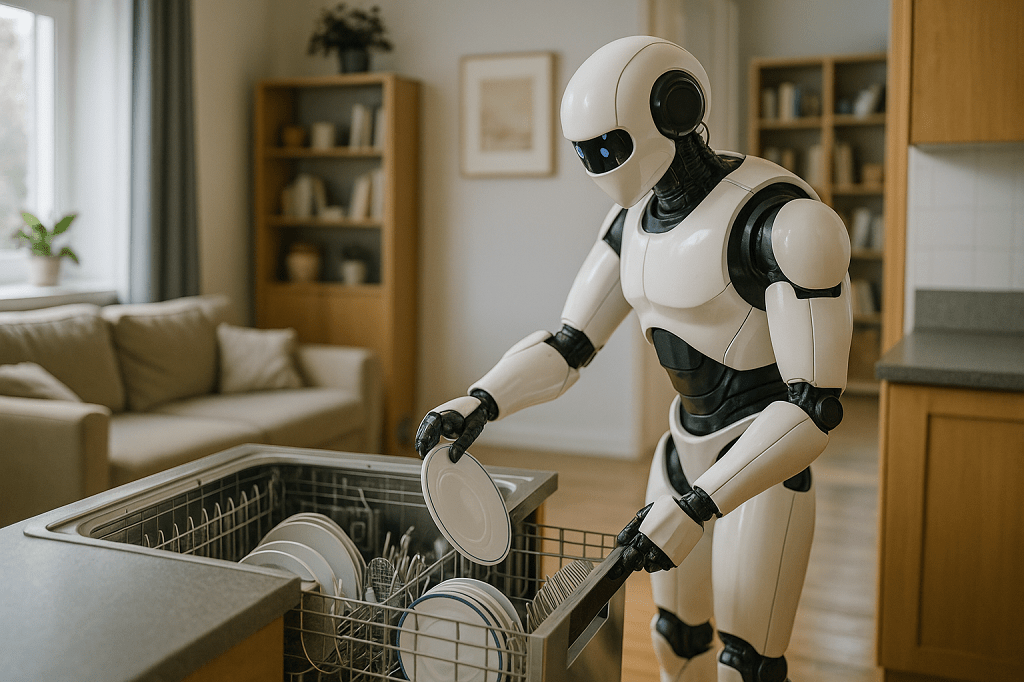
Let’s get one thing straight: robot assistants aren’t luxury toys anymore. They’re becoming everyday tools that quietly support people with real-world demands.
A busy parent might train a personal robot assistant to remind their kids when it’s time to study, brush teeth, or leave for soccer practice. No yelling, no forgotten chores — just scheduled nudges with a friendly voice.
A mobility-impaired adult benefits from a robot helper that can fetch a water bottle, open doors, or even turn on lights. These tasks, simple for most, are massive quality-of-life upgrades when automated.
A startup founder sets up a voice-responsive robotic assistant that handles meeting reminders, transcribes brainstorming sessions, and sends emails — all while the founder keeps coding or walking on a treadmill desk.
An elderly person, living alone, gets emotional comfort and daily care from an AI personal assistant robot. It doesn’t just offer friendly chats — it reminds them about medications, tracks health routines, and alerts family if anything’s off.
These machines aren’t replacing humans. They’re enhancing lives — cutting stress, improving independence, and giving people time back in ways that really matter.
The Best Personal Robot Assistants of 2025
The following five machines aren’t science experiments or viral prototypes. They’re fully developed, widely available, and built for specific, practical roles. If you’re looking to bring a robot assistant into your life, these are the standout options worth considering.
1. Neo by 1X Technologies — Best for household tasks
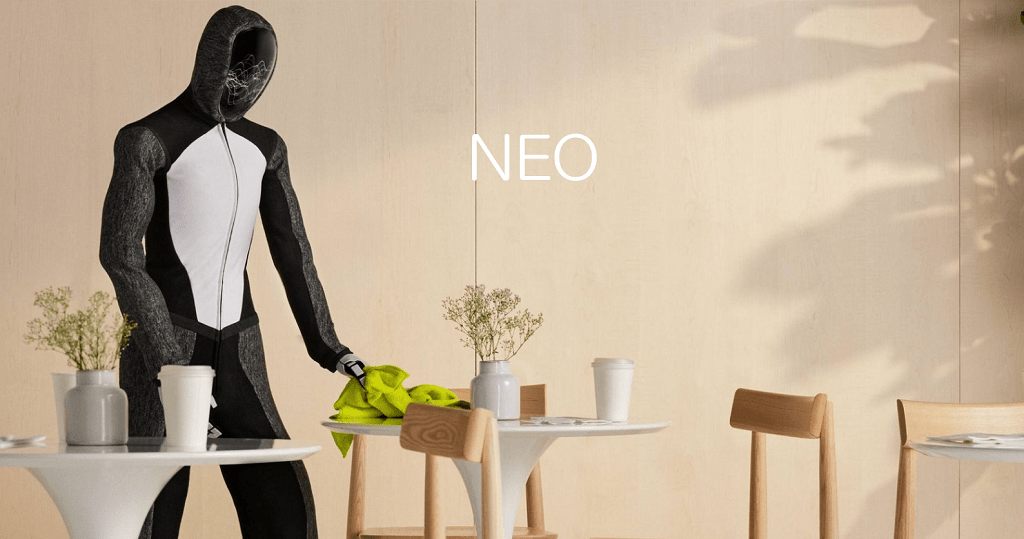
What it’s for: Neo is a full-body humanoid robot assistant designed to help with repetitive home duties like folding laundry, moving objects, or even handing you a towel.
Why it stands out: Unlike simpler bots, Neo doesn’t just follow instructions — it uses visual recognition and fine-motor control to handle everyday household interactions with surprising accuracy.
Tech & features: Full-body movement, gesture recognition, advanced mobility, object manipulation.
Pros:
- Highly functional for physical tasks
- Recognizes voice and gestures
- Impressive dexterity
Cons:
- Large and not ideal for small apartments
- Premium pricing (starts around $30,000)
Best use case: Ideal for those who need real help around the house — especially for caregiving or household management.
2. Enabot EBO X — Best for family engagement & safety
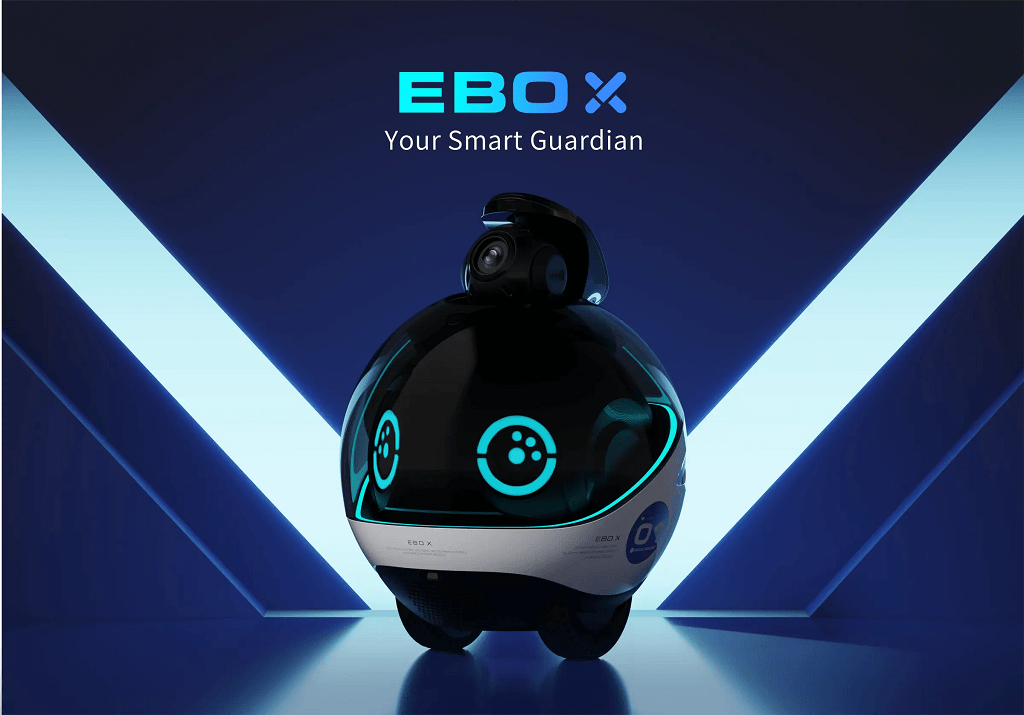
What it’s for: This compact assistant robot acts as a mobile guardian and companion. It patrols your home, engages with pets and kids, and keeps tabs when you’re away.
Why it stands out: It blends charm and utility — EBO X can recognize voices, follow family members, and send mobile alerts for abnormal sounds or movements.
Tech & features: 4K stabilized camera, voice interaction, edge detection, fall alerts.
Pros:
- Affordable (under $1,000)
- Kid- and pet-friendly
- Works as mobile home monitor
Cons:
- Limited task range
- No arms or object handling
Best use case: Great for families who want a lighthearted but useful household companion with eyes and ears.
3. Astro by Amazon — Best for smart home integration
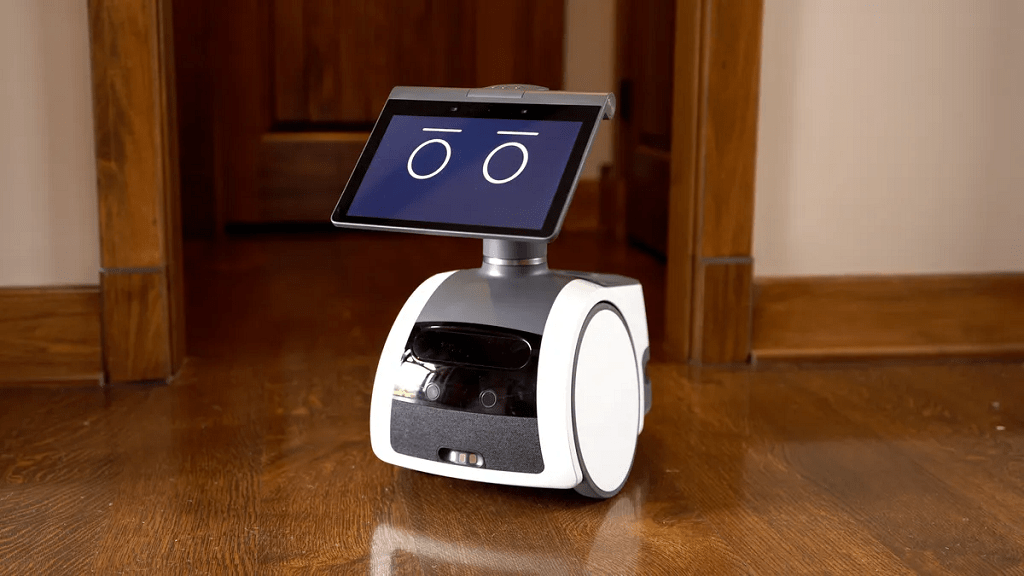
What it’s for: Think of Astro as Alexa that moves. It patrols, streams video, responds to your voice, and integrates deeply with other Amazon devices.
Why it stands out: Its mobility makes it unique — the robot assistant can roam, check rooms, and notify you of unexpected activity, especially when synced with Ring security.
Tech & features: Built-in display, facial recognition, Alexa integration, mobile security patrols.
Pros:
- Seamless with Amazon ecosystem
- Recognizes household members
- Works well for basic mobility tasks
Cons:
- Only fits Amazon-heavy homes
- Privacy concerns for some users
Best use case: Perfect for smart home enthusiasts already deep into Alexa and Ring ecosystems.
4. Ballie by Samsung — Best for proactive home assistance
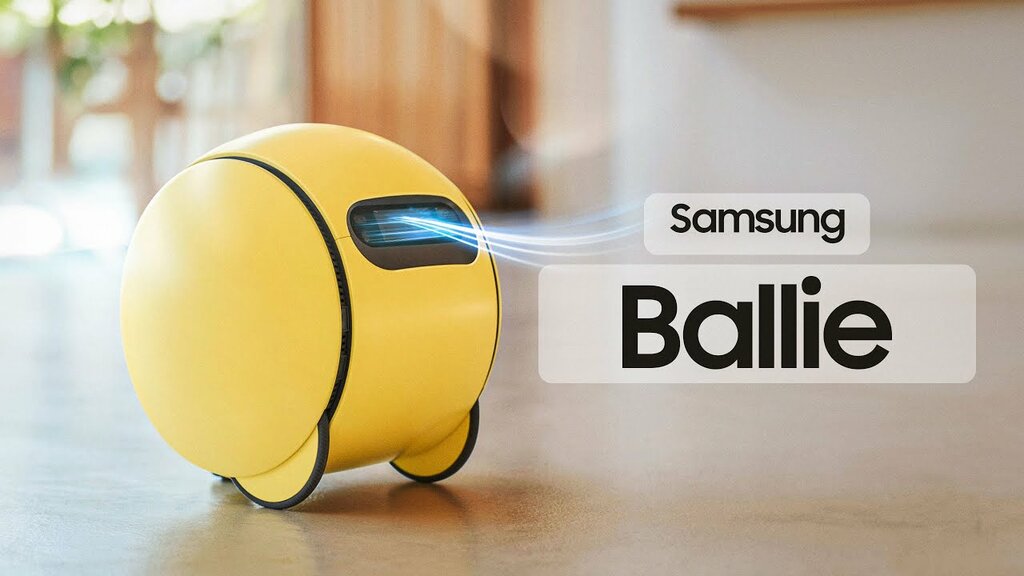
What it’s for: Ballie is a rolling AI robot assistant that acts like a smart butler — managing your home’s lighting, appliances, and even projecting video onto your wall.
Why it stands out: It’s not humanoid, but it’s deeply intuitive. Ballie learns your daily habits and offers proactive help — no need to constantly give commands.
Tech & features: AI habit learning, IoT control, built-in projector, voice assistant, environmental sensors.
Pros:
- Compact and pet-like
- Controls smart home gear effortlessly
- Can project messages or video on walls
Cons:
- Still not widely available
- Can’t perform physical tasks
Best use case: Ideal for those who want a “set-it-and-forget-it” automation brain with personality.
5. Temi Robot — Best for hands-free communication and mobility
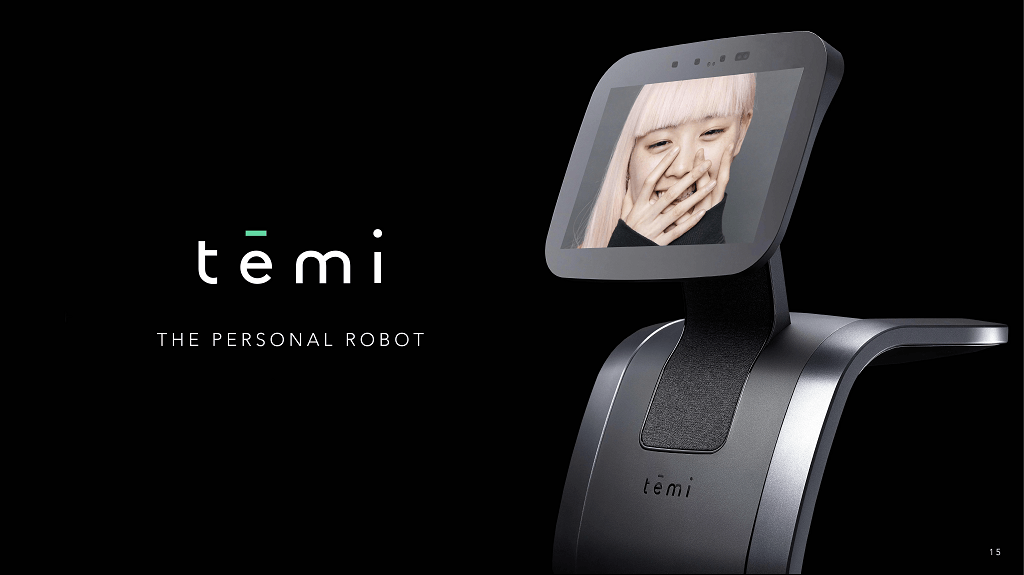
What it’s for: Temi is a sleek, mobile robotic assistant that moves around autonomously, connects video calls, and acts as a personal concierge at home or in offices.
Why it stands out: Its smooth navigation and natural voice responses make Temi feel less like a gadget and more like a helper with presence.
Tech & features: LIDAR navigation, touchscreen, voice assistant integration, video calling, facial recognition.
Pros:
- Excellent mobility and user interface
- Built-in video conferencing
- Compact and modern design
Cons:
- Pricey (around $3,000+)
- Not built for physical lifting or object handling
Best use case: Great for remote workers, businesses, or elderly users who want a mobile communication hub.
Each of these machines fills a different role — from friendly monitor to full-blown taskmaster. What ties them all together? They’re bringing robotics into everyday life with a focus on usefulness, not spectacle.
Why Scrile AI Isn’t a Robot — It’s Better

Scrile AI doesn’t sell you a robot assistant in a box. It gives you the brain to power your own.
You’re not buying a plastic face with canned responses. You’re crafting a digital mind — one that talks how you want, acts how you need, and fits wherever you want it to live.
- Want a robot helper with a dry, sarcastic sense of humor? Go for it.
- Need it to sync with your lights, locks, or app ecosystem? Easy.
- Building your own commercial assistant robot? Scrile AI gives you full control — from backend flow to branding.
It’s not an app store gimmick. It’s a toolkit for serious builders, startup founders, or even curious tinkerers who want something real.
The future of robotics isn’t just about arms and wheels. It’s about intelligence — and that’s where Scrile AI comes in. Build the robot assistant you actually want, not the one Big Tech decided you get.
Conclusion: The Future’s Not Coming. It’s Charging in the Hallway.
Robot assistants aren’t futuristic anymore. They’re here, in homes, helping out, and learning fast. Whether you’re into sleek devices or expressive robots, 2025 offers real options.
Want one that reflects you? Build your own logic, tone, and personality.
So contact the Scrile AI team today.
FAQ
What is a personal robot assistant?
A personal robot assistant helps with daily routines — from vacuuming and reminders to companionship and remote control. Some assistant robots can interact naturally, recognize faces, or follow you through the house.
What’s the best robot assistant in 2025?
Neo and Astro are top picks for home use. Still, the “best” depends on whether you want chat features, mobility, or smart home links. Choose based on what you actually need.
Can I build my own robotic assistant?
Yes. You can develop your own robotic assistant using tools like Scrile AI — controlling behavior, personality, and integration from the ground up.
Read Also
| Link | Why to read |
|---|---|
| AI Talking App | Voice I/O for your assistant: wake words, latency, barge-in handling. |
| AI Text App | NLU/NLG foundations that drive tool use and reasoning. |
| Text-to-Speech with Emotion | Add human-like voice feedback for better guidance and trust. |
| AI for Webcam Sites | Concrete scenarios to monetize assistant features in live contexts. |
